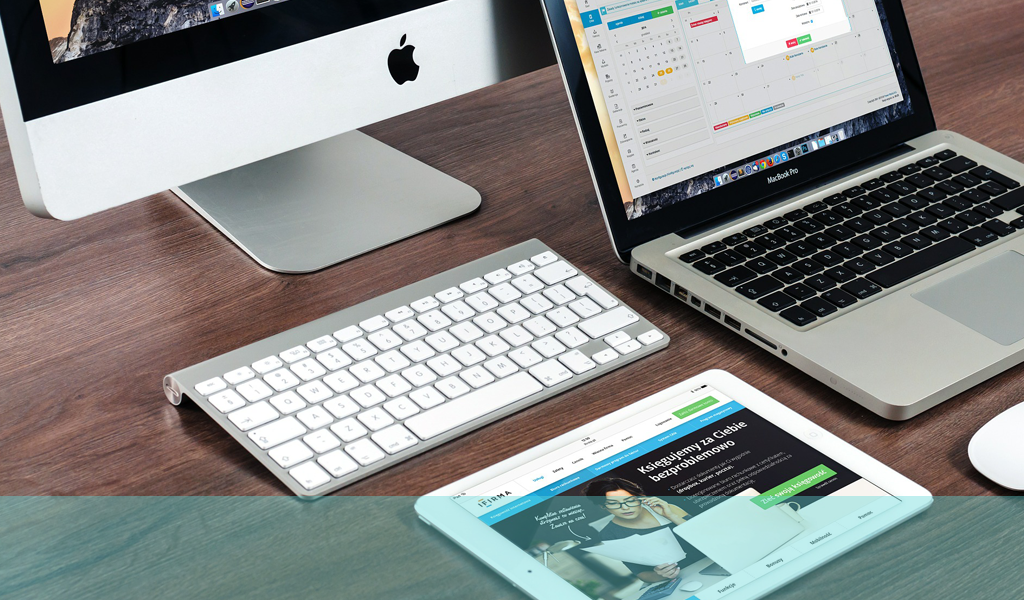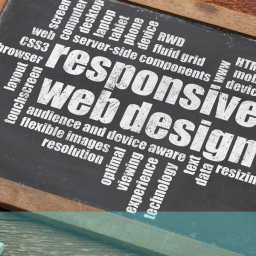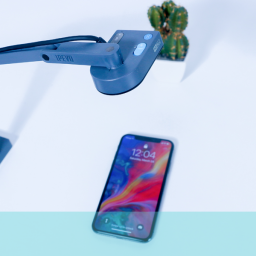
The multi-screen generation – How consumer behaviour has changed to fit the multiplatform world
The rise of mobile and multiplatform browsing has punched a crater-sized hole in not only the way we interact with our devices, but also how we behave as consumers. It has opened up new ways in which we can both research, and arrive at buying decisions.
Multi-screening
- Multi-screening – Using more than one device (screen) either sequentially, or at the same time
The way we “consume content” (a term I find a little queasy, but hey, it’s what folk expect) has changed forever. It’s no longer a case of sitting in front of the television to watch a film, moving elsewhere to make a call on the landline, or relocating to the PC for a spot of web browsing. The old model is long dead, we kicked it onto the behavioural scrapheap when smartphones, and subsequently tablets, began fetching up on our shores.
In this brave new mobile world, it’s not only possible for you to do all these things from a single device, it’s possible to do them almost anywhere (Wi-Fi/3G withstanding).
Context is key in the multiplatform world
Context is the major factor in both how and why we use our different devices. In a recent Google-commissioned survey it was revealed that 90% of people moved between screens to achieve a goal, often throughout the course of the day. This might entail:
- Morning – Being recommended a particular product via social media, while on the way to work
- Afternoon – Conducting further research into the product upon a tablet during the lunch hour
- Evening/Night – Final research and purchase on a PC, from the comfort of your home
Of course, this is just a broad example to illustrate the trend of sequential multi-screening, and any combination of device or situation is more or less possible.
But the multi-screen generation isn’t just using a number of devices to accomplish a specific task. Nowadays, they are also using devices simultaneously, with the intent of accomplishing different goals. This means smartphone usage is no longer a guarantee of somebody being on-the-go. Once again, a broad example might be:
- Smartphone – Chatting with friends via social media, while …
- TV/PC – … watching or streaming a film; at the same time as …
- Tablet – … ordering a curry from a local takeaway
The advances of modern devices makes these activities interchangeable between platforms.
Another factor of simultaneous multi-screening, which even traditional media outlets and advertisers are tapping into, is the power of one screen to prompt activity upon another. This has allowed marketers to diversify their campaigns by including triggers such as URLs, #hashtags, and Q-codes across various mediums to encourage engagement with their brand. In effect, this means somebody taken by a particular programme or product while watching TV, can be compelled to continue their experience online, moving to their smartphone, tablet or PC.
But what does all this mean for usability and user experience?
Quite a bit, actually. Now, more than ever before, you need to recognise the importance of providing your customers with a seamless user experience across all platforms. Consumers change their behaviour to fit the possibilities their technology offers, and businesses need to recognise this, by adapting to their demands.
Smartphone and tablet usage is increasing by the day, which means the practice of multi-screening, both sequential and simultaneous, will become more and more ubiquitous. It’s the marketer’s job to envisage even more ways to harness the power of these new behavioural trends, while it’s down to you to ensure usability remains a fundamental business goal, one you’re committed to, throughout any future developments.
Don’t fail your users on multi-platform compatibility. Our comparison services will ensure your website, app, or product meets the needs of the multi-screen generation. To find out how – Contact us today!


















[…] most of us don’t just use devices randomly – context is key. Our phones, for instance, are our main tool for keeping in touch with family and friends via […]
[…] all that got to do with UX behaviour? Well, just as recently, the term ‘cross platform’ has undergone a similar definition […]